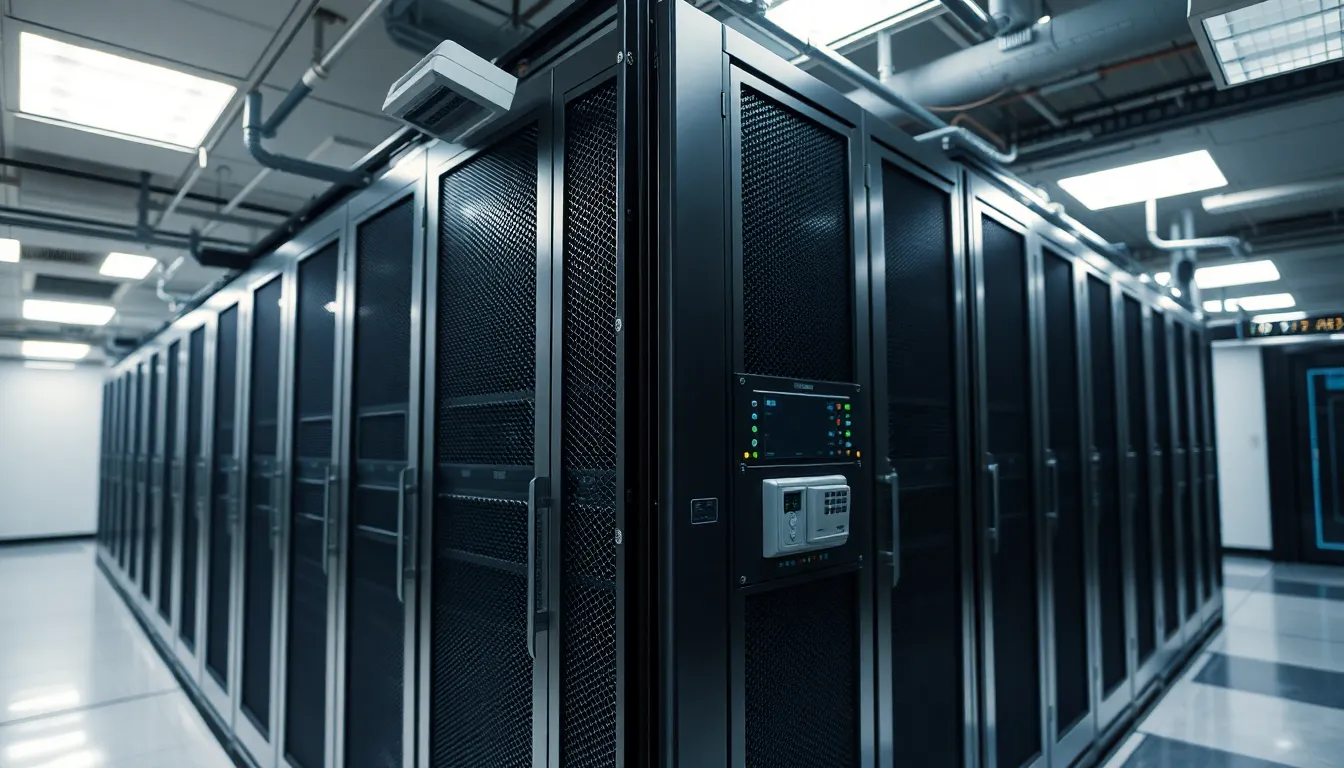Table of Contents
ToggleIn a world where cyber threats lurk around every digital corner, understanding technical security is like having a superhero cape for your data. It’s not just about firewalls and antivirus software; it’s about creating an impenetrable fortress that keeps hackers at bay while you sip your morning coffee.
What Is Technical Security?
Technical security refers to the measures and protocols designed to protect digital information systems from unauthorized access and cyber threats. These measures encompass a broad range of technologies and practices aimed at safeguarding data integrity and confidentiality. Encryption plays a crucial role in securing sensitive data. By transforming readable data into an encoded format, encryption prevents unauthorized users from accessing important information.
Firewalls act as a critical barrier between trusted internal networks and untrusted external networks. When configured properly, they monitor and control incoming and outgoing network traffic based on predetermined security rules. Intrusion detection systems contribute to this security framework by identifying potential threats or malicious activities. These systems analyze network traffic for suspicious patterns and alert administrators to potential risks.
Antivirus software protects against malware attacks. By regularly scanning for and removing harmful software, antivirus programs help maintain system integrity and protect user privacy. Additionally, regular software updates ensure that systems stay secure against the latest vulnerabilities. Keeping all applications and operating systems updated significantly reduces the risk of exploitation.
Access controls are essential for managing user permissions. This ensures that only authorized individuals can access specific data or systems. Implementing role-based access control can further enhance security by limiting permissions based on user roles.
Conducting penetration testing helps identify vulnerabilities within an organization’s security posture. By simulating real-world attacks, penetration testing reveals weaknesses before malicious actors can exploit them. The incorporation of monitoring and alert systems enables ongoing vigilance, ensuring that any suspicious activities are quickly detected and addressed.
Technical security is a vital component of any comprehensive cybersecurity strategy. Understanding its layers and implementing effective solutions can significantly enhance an organization’s resilience against cyber threats.
Key Components of Technical Security

Technical security comprises several essential elements that protect digital information systems. Understanding these components enhances resilience against cyber threats.
Hardware Security
Hardware security focuses on the physical devices that store and process data. Trusted platform modules encrypt keys and ensure secure boot processes. Secure enclosures protect against tampering with critical components. Utilizing hardware-based authentication methods, such as smart cards, adds an extra layer of security. Also, implementing physical access controls, like biometric scanners, restricts unauthorized entry to sensitive locations. Monitoring systems detect unauthorized hardware modifications, maintaining integrity.
Software Security
Software security protects applications and operating systems from vulnerabilities. Regular updates patch known security gaps, ensuring software remains secure. Implementing application whitelisting allows only approved programs to run, reducing risks. Additionally, employing anti-malware solutions detects and neutralizes malicious software before damage occurs. Code reviews identify weaknesses in source code, enhancing overall security. Characterizing software behavior through runtime application self-protection can prevent unauthorized activities during execution.
Network Security
Network security safeguards the integrity, confidentiality, and availability of data traversing networks. Firewalls create barriers between trusted and untrusted networks, filtering traffic. Intrusion detection systems monitor traffic for suspicious patterns, alerting administrators to potential breaches. Employing virtual private networks secures remote connections, encrypting data transmitted over the internet. Segmenting networks limits exposure, isolating sensitive information. Implementing strong security protocols like HTTPS ensures secure communication channels, reducing the risk of data interception.
Importance of Technical Security
Technical security plays a crucial role in protecting digital information systems from cyber threats. It ensures the safety of sensitive data and preserves the integrity of various systems.
Protecting Sensitive Data
Encryption serves as a primary method for safeguarding sensitive data. By encoding information, encryption ensures that unauthorized individuals cannot read it. Firewalls contribute by creating boundaries between trusted and untrusted networks, blocking malicious access attempts. Antivirus software actively scans for harmful programs, preventing them from compromising data integrity. Regular software updates mitigate vulnerabilities by patching security gaps. Effective access controls grant permissions only to authorized users, bolstering security around sensitive information. Implementing these measures creates a robust framework that protects data in an increasingly interconnected world.
Ensuring System Integrity
System integrity relies on various technical security measures. Intrusion detection systems constantly monitor network traffic for unusual behavior, enabling quick responses to potential threats. Penetration testing identifies weaknesses through simulated attacks, guiding improvements in security posture. Utilizing hardware security features, like trusted platform modules, strengthens defenses against physical tampering and unauthorized access. Integrating rigorous software security practices, such as application whitelisting and code reviews, helps maintain a secure operating environment. Ultimately, these components work together to reinforce system integrity against diverse cyber threats.
Common Threats to Technical Security
Understanding common threats to technical security is essential for maintaining robust defenses. Several significant risks can compromise systems and data.
Malware and Viruses
Malware refers to software designed to harm computers and networks. It includes viruses, trojans, and ransomware, which can disrupt operations and steal sensitive information. According to the Cybersecurity & Infrastructure Security Agency (CISA), over 1 million new malware variants appear daily. Organizations face severe losses due to data breaches triggered by malware infections. Regularly updated antivirus solutions act as a first line of defense. Advanced security measures such as endpoint detection and response enhance protection against evolving threats. Continually educating users about safe browsing practices reduces the likelihood of encountering malware.
Phishing Attacks
Phishing attacks exploit human psychology, tricking individuals into providing sensitive information. Emails often appear legitimate, impersonating trustworthy sources like banks and service providers. The Anti-Phishing Working Group (APWG) reported over 200,000 phishing sites each month in 2022. Training employees to recognize suspicious emails significantly mitigates this threat. Implementing multi-factor authentication can add a layer of security against unauthorized access. Ensuring that spam filters are active helps block phishing attempts. Regular audits of email security measures keep organizations vigilant against emerging phishing tactics.
Best Practices for Implementing Technical Security
Implementing effective technical security requires following best practices to protect digital assets from threats.
Regular Updates and Patching
Keeping software updated ensures protection against known vulnerabilities. Scheduled updates address security flaws identified by developers. Ignoring these updates can lead to exploitable weaknesses. Patching systems promptly reduces the risk of cyber attacks. Automated update systems simplify this process, ensuring devices remain secure without manual intervention. Regular patch management contributes significantly to maintaining a strong security posture. Organizations should also monitor vendor alerts for critical updates. Effective implementation of a policy for updates builds a solid defense against potential threats.
Strong Authentication Methods
Using strong authentication methods adds an essential layer of security. Multi-factor authentication significantly reduces unauthorized access by requiring additional verification steps. Implementing unique and complex passwords prevents easy guessing or brute-force attacks. Organizations can also utilize biometric authentication, such as fingerprints or facial recognition, for enhanced security. Stronger authentication methods create barriers against phishing attempts. Regularly reviewing and updating authentication policies keeps systems aligned with best practices. Prioritizing robust authentication techniques minimizes the risk of data breaches and enhances overall security.
Technical security is essential for protecting sensitive data and ensuring system integrity in today’s digital world. By implementing a comprehensive strategy that includes encryption, firewalls, and intrusion detection systems, organizations can effectively safeguard their assets against evolving cyber threats.
Ongoing education and vigilance are crucial for maintaining robust defenses. Regular software updates and strong authentication methods play a significant role in minimizing vulnerabilities. As cyber threats continue to grow in complexity, prioritizing technical security will empower organizations to navigate the digital landscape with confidence and resilience.




